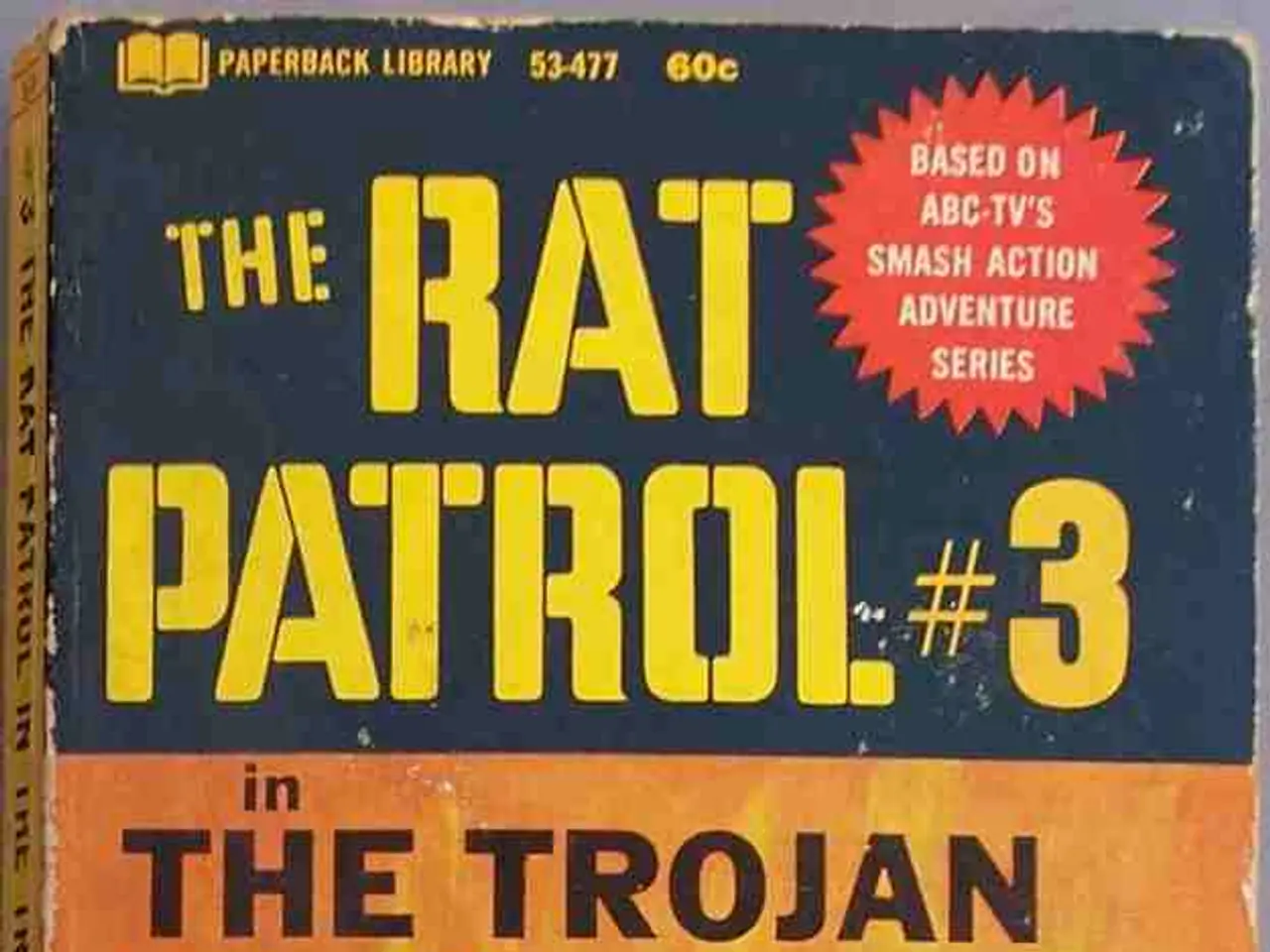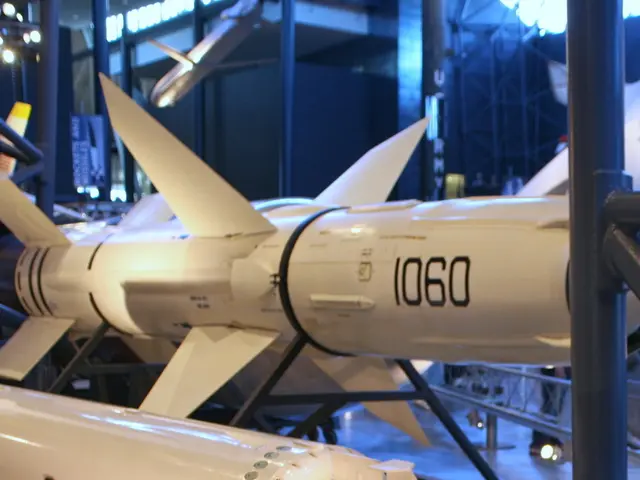Nuclear power plant in Zaporizhzhia undergoes shelling, yielding dark smoke
The Zaporizhzhia Nuclear Power Plant (ZNPP), Europe's largest nuclear facility, has faced multiple disruptions in recent months, with the latest incident occurring on September 16. The International Atomic Energy Agency (IAEA) confirmed artillery shelling near the Russian-occupied nuke plant, adding to ongoing concerns over its safety.
According to reports, observers from the IAEA mission heard intermittent explosions for nearly two hours starting from 13:26 local time. Several artillery shells landed outside the ZNPP, approximately 400 metres from the diesel fuel storage facility. Gunfire was recorded near the plant, and black smoke was observed rising from three locations close to the ZNPP.
IAEA Director General Rafael Grossi stated that the military clashes at the Russian-occupied nuke plant present further security risks. He emphasized the urgent need for restraint near nuclear power plants, including the ZNPP, and repeated his previous calls for maximum military restraint.
The plant, which has been temporarily occupied by Russian forces, has been operating with six of its seven power transmission lines compromised, leaving only one functioning line outside the site. This fragile situation was further exacerbated when Russian strikes on July 4 caused a blackout at the ZNPP by hitting a transmission line connecting it to Ukraine's unified power grid.
Earlier, IAEA experts were denied access to a newly constructed dam on the channel of one of the cooling ponds at the facility. The IAEA team plans to carry out a survey on Wednesday morning if security allows.
The ZNPP's reactors are in cold shutdown since spring 2024 but still require cooling for their safety systems, reactor cores, and spent fuel pools. Despite power lines being later restored, the repeated threats underscore the fragile conditions at the ZNPP.
The incident on September 16 is not the first time the ZNPP has faced disruptions. On August 10, damage was reported at the External Crisis Centre of the plant. The IAEA has been actively involved in monitoring the situation and advocating for peace and safety around the nuclear facility.
As the situation at the ZNPP continues to evolve, the IAEA, along with the international community, will remain vigilant in ensuring the safety and security of Europe's largest nuclear facility.








